The northern part of the Olympic Peninsula in Washington was originally the homeland for two different American Indian nations: the Makah on the west and the Clallam (S’Klallam, Klallam) on the east.
The Olympic Peninsula is located in the Northwest Coast culture area which is characterized by aboriginal subsistence patterns that relied on fishing and shellfish. In Indian Fishing: Early Methods on the Northwest Coast, Hilary Stewart writes:
“To the Indians of the Northwest Coast, the sea and the rivers were not just a way of life but life itself.”
The Makah language is a Nootkan language which is related to the Native languages spoken on Vancouver Island. The Clallam (Klallam) language, on the other hand, is a Salish language that is a part of the Straits Group which means it is related to languages such as Lummi, Samish, and Saanich.
Makah Baskets
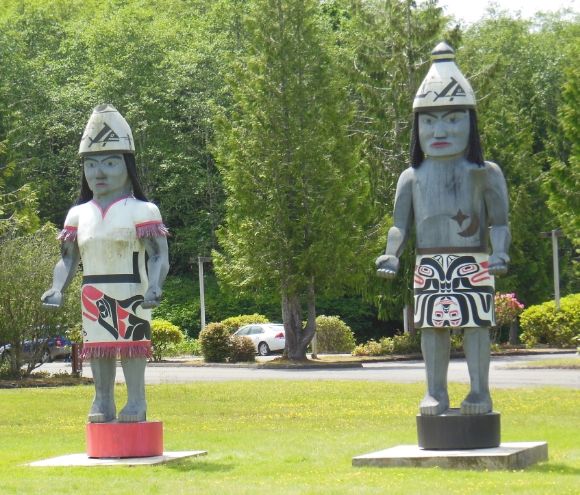 Shown above are the greeting figures at the Museum of the Makah Nation.
Shown above are the greeting figures at the Museum of the Makah Nation.
The name “Makah,” given to this Olympic Peninsula tribe by the neighboring S’Klallam, refers to the generosity of their feasts. In their chapter on the Makah in Listening to Our Ancestors: The Art of Native Life Along the North Pacific Coast, Janine Bowechop, Merdith Parker, Maria Pascua, and Rebekah Monette write:
“We are rich by measure of how much we give, not by what we gain.”
According to Patricia Erickson, in her book Voices of a Thousand People: The Makah Cultural & Research Center, the Makah name for themselves means “People Who Live by the Rocks and Seagulls.” Erickson also notes:
“The Makah people are related by language, culture, and kinship to the Native peoples on the southern side of Vancouver Island in British Columbia.”
Woven baskets were important to the Northwest Coast nations. Among the Makah, for example, dried foods were always stored in woven baskets. These baskets would be hung high in the house where the air and the smoke could continue to circulate through them. Storing dried food in a closed container, such as a wooden box, encouraged mold.
The Makah baskets on display in the Maryhill Museum of Art were made for sale to non-Indian tourists.
Clallam Baskets
According to the Museum display:
“Twined baskets in rounded cylindrical shapes were typical of the Clallam. Most were used in food gathering and processing. The geometric designs were overlaid, appearing only on the outer surface of the basket.”

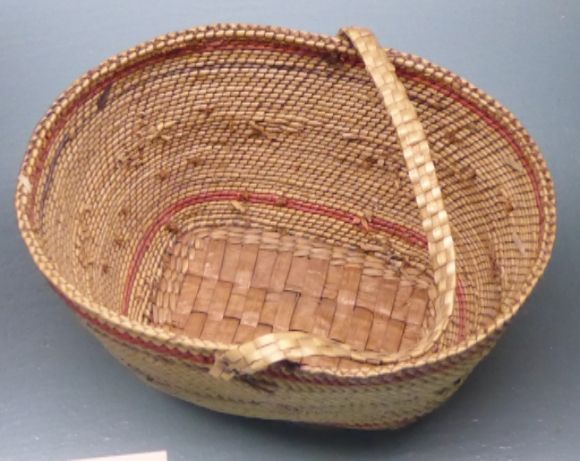
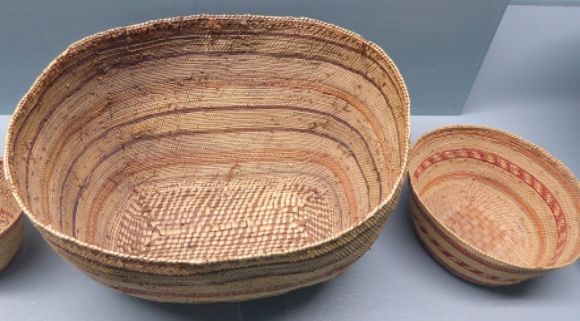
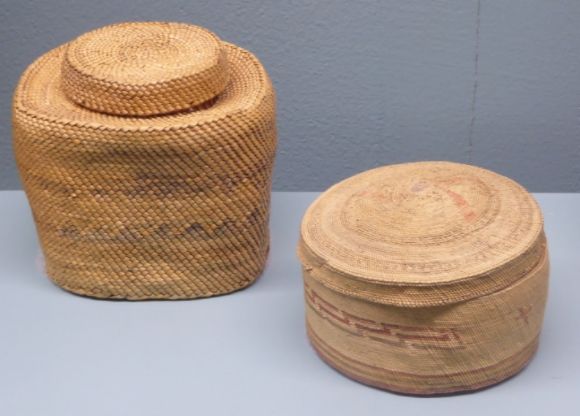
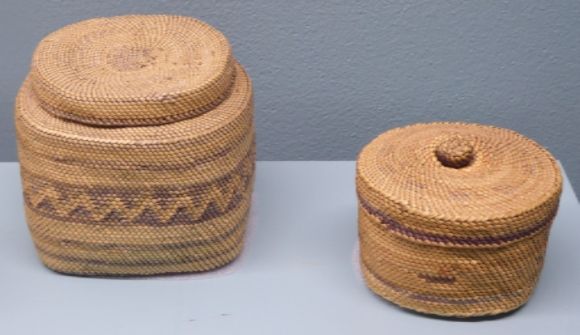

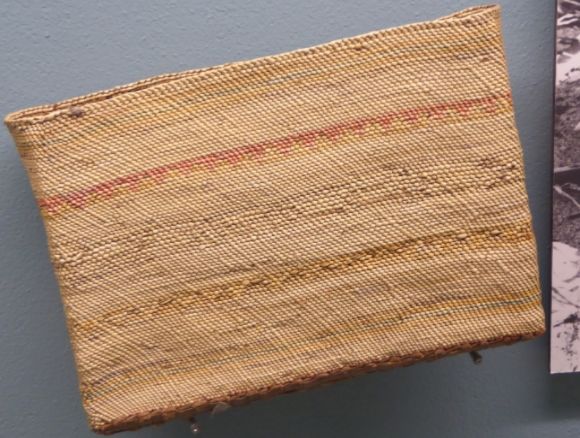


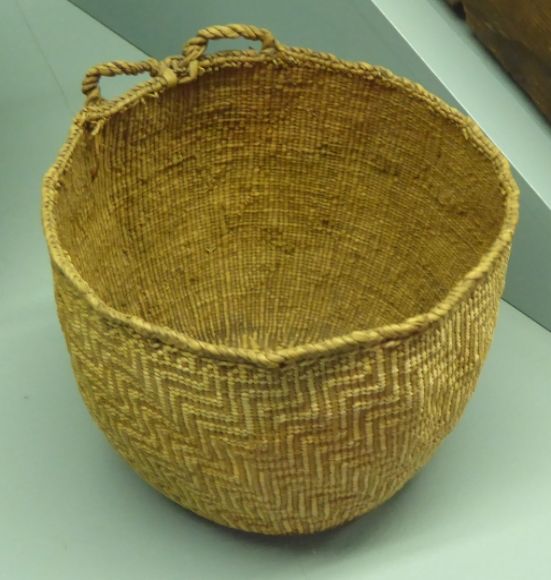
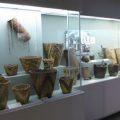

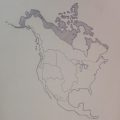
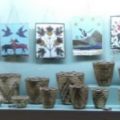
Leave a Reply